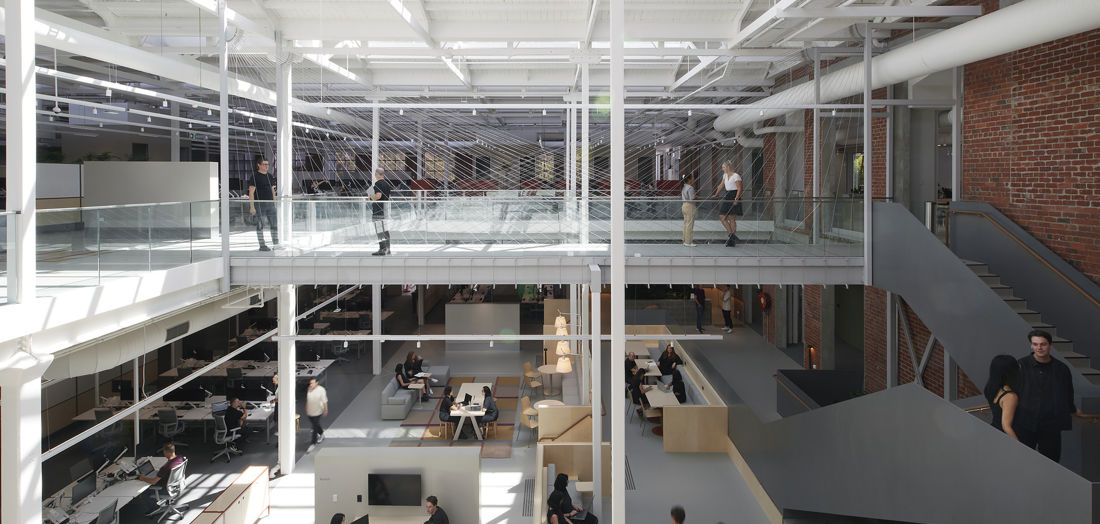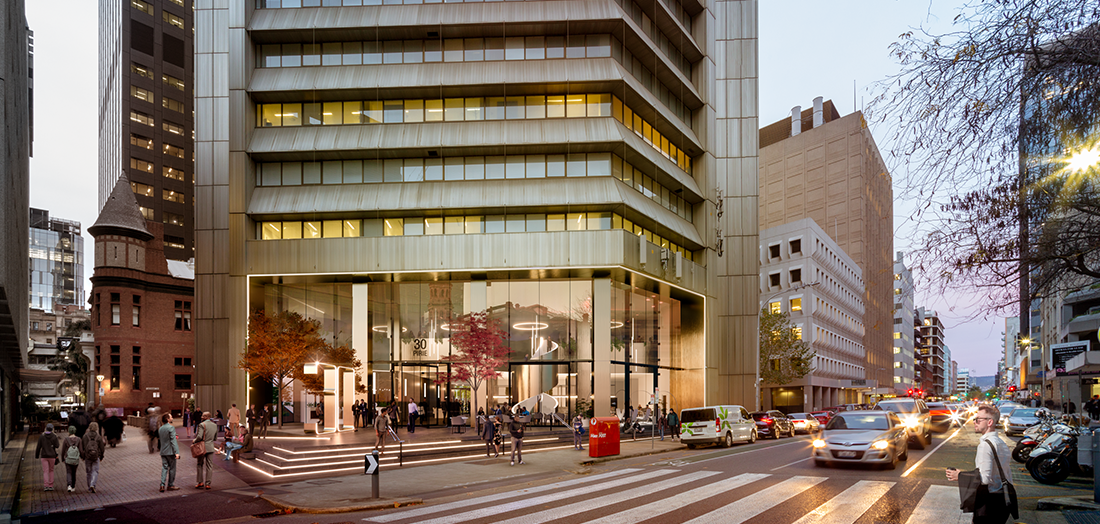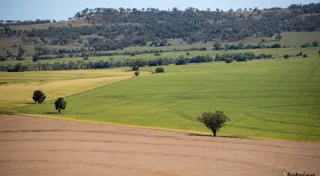Adaptive Reuse in Office Sector ‘A Lucrative Bet’

A version of this article originally appeared in The Urban Developer.
By Clare Burnett.
20 November 2023
Adaptive reuse projects will only become more attractive as tenants and developers turn their attention to sustainability, says the Clean Energy Finance Corporation.
The CEFC is Australia’s federal government-backed green bank that invests alongside private investors and developers to help achieve Australia’s national goal of net zero emissions by 2050.
Ahead of The Urban Developer’s Reposition, Repurpose, Reuse Summit on November 23, 2023, CEFC Director Sara Thomas said that with a 30-billion investment mandate to accelerate decarbonisation trajectories, the aim was to show that not only were adaptive reuse projects sustainable, they could be lucrative as well.
“The reason that the adaptive reuse strategies are important to us is because most buildings in use today will still be operational in 2050 when we need to be at net zero,” she said.
This year the CEFC has committed $75 million to a mandate managed by MaxCap aimed at decarbonising offices, hotels and retail assets.
The first investment by the fund puts $35 million towards a 26-storey Adelaide office refurbishment.
There are a lot of assets that need refurbishment—around 72 per cent of existing offices are less than 5.5 star NABERS, and 60 per cent of prime grade offices are less than that too,Sara ThomasCEFC Director
“There are very few offices that are electric, all require the removal of gas and its replacement with electricity.”
MaxCap is co-investing with building owner and asset developer Quintessential and CEFC in a 26-storey office tower at 30 Pirie Street in Adelaide.
Another major motivating factor that should be driving adaptive reuse and repositioning projects, particularly in lower-grade offices, was tenant demand, Thomas said.
“Tenant demand will swing things for these secondary assets—a lot of them will end up with stranded assets without refurbishment, and at this stage about 70 per cent of Sydney CBD office occupiers have net zero commitments.
“This is a key component in transition to net zero, working with parties to get those NABERS ratings where they need to be, and that will also help tenants meet their corporate targets.”
Focusing on reuse and repositioning could prove a lucrative bet for developers and asset owners.
“There are a lot of buildings that need refurbishment and a lot of players that are looking at these.
“The vast number of these that are owned by people that aren’t that active in refurbishment and repositioning, so there are opportunities for them in the future.”
In the news, 2023





